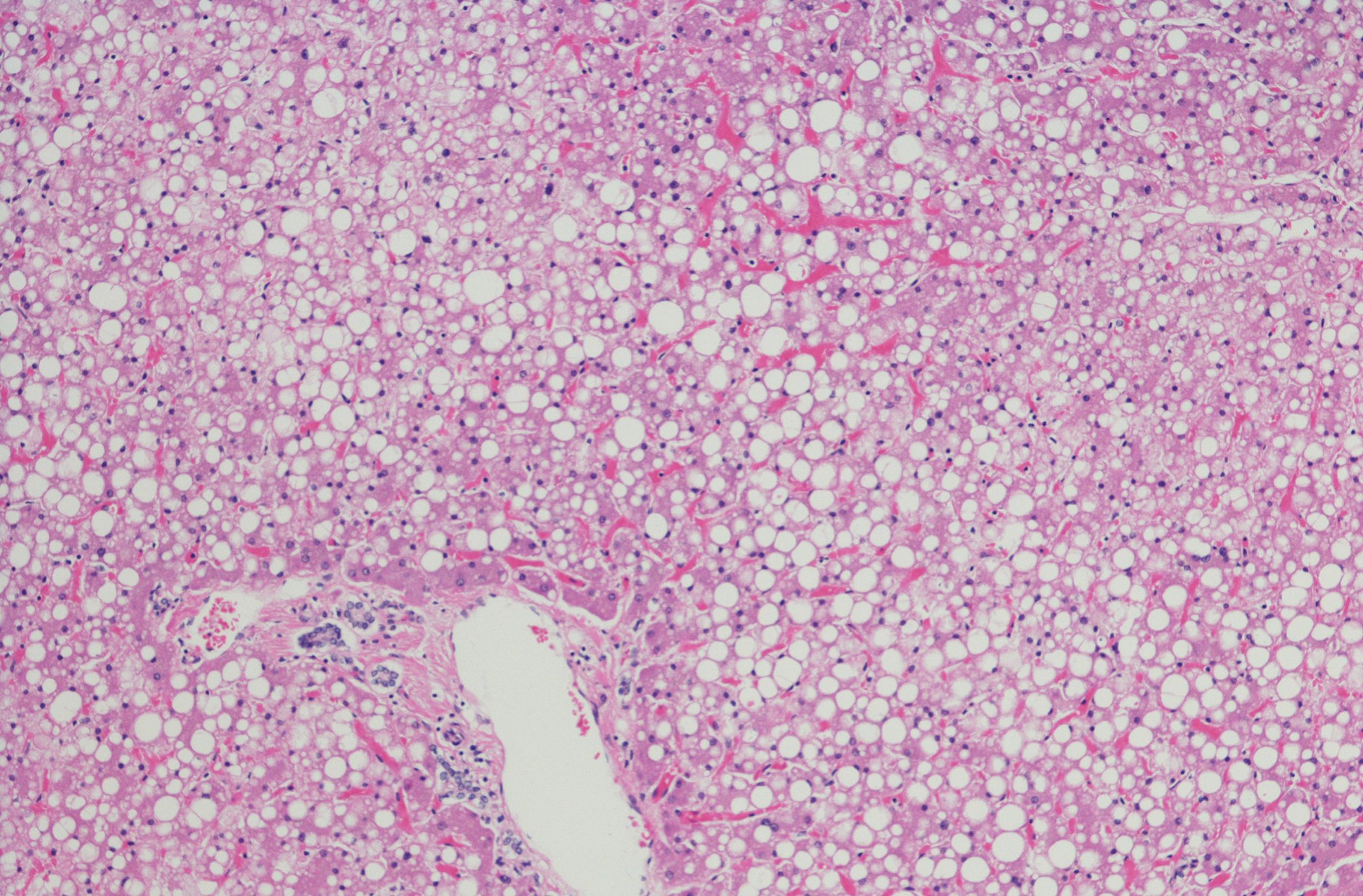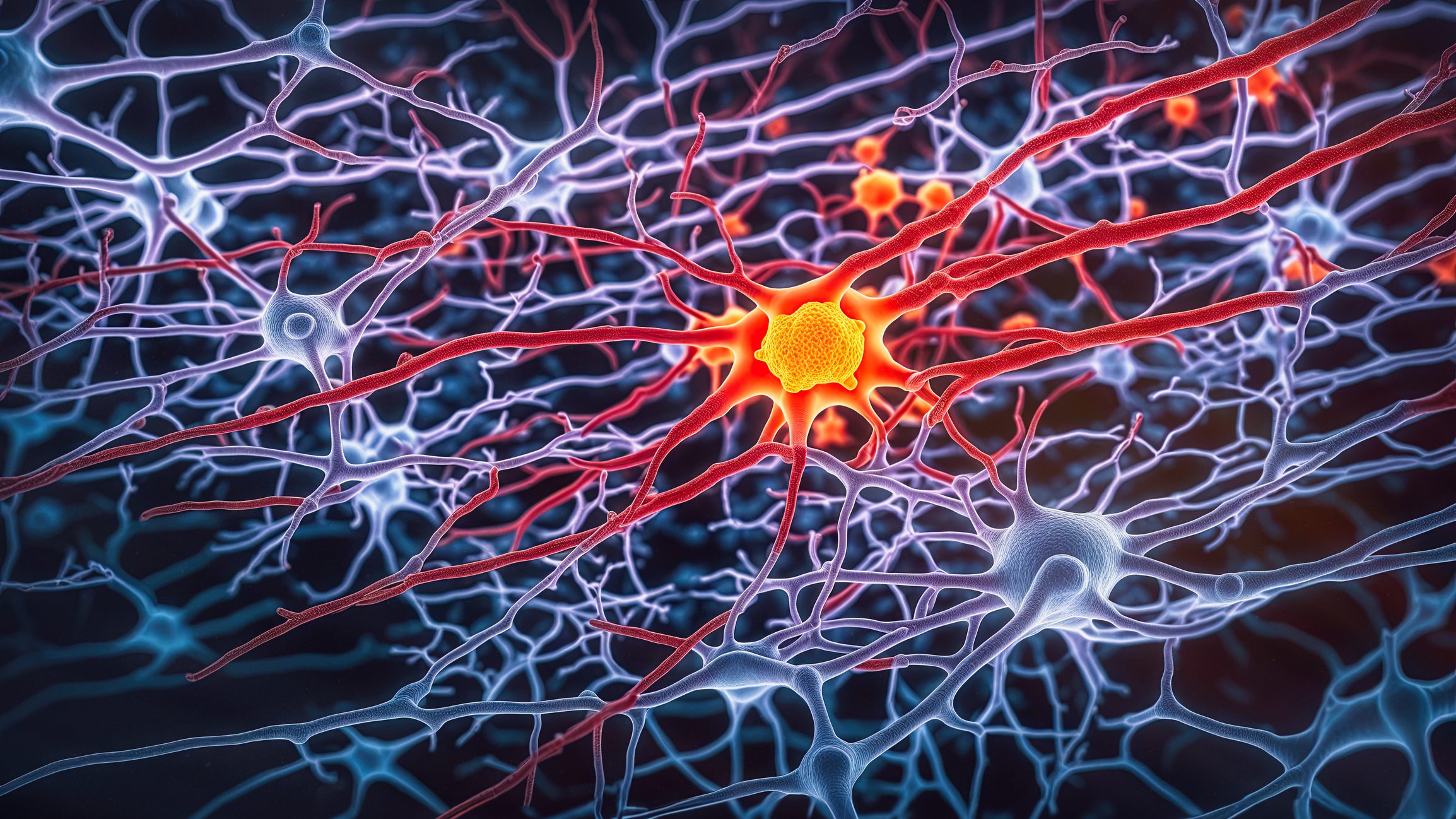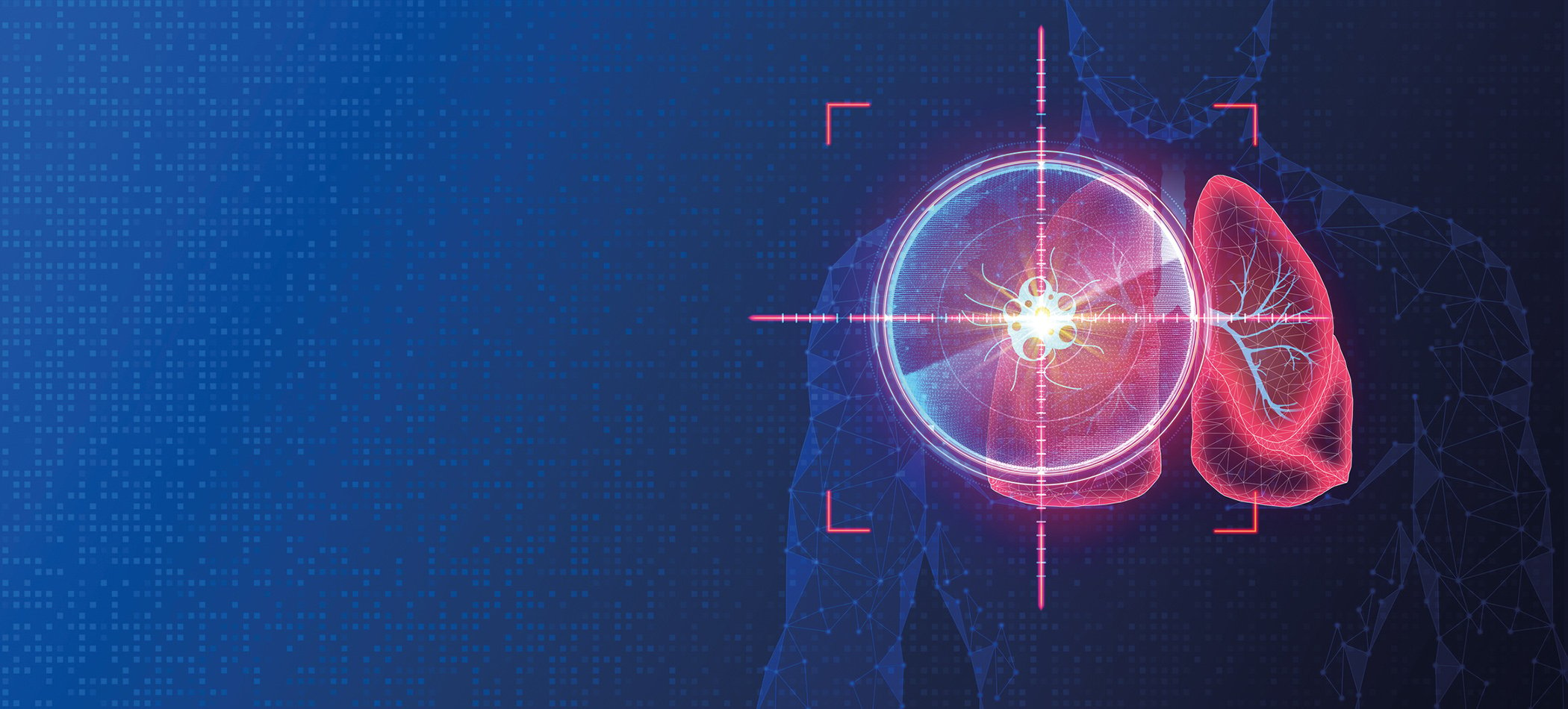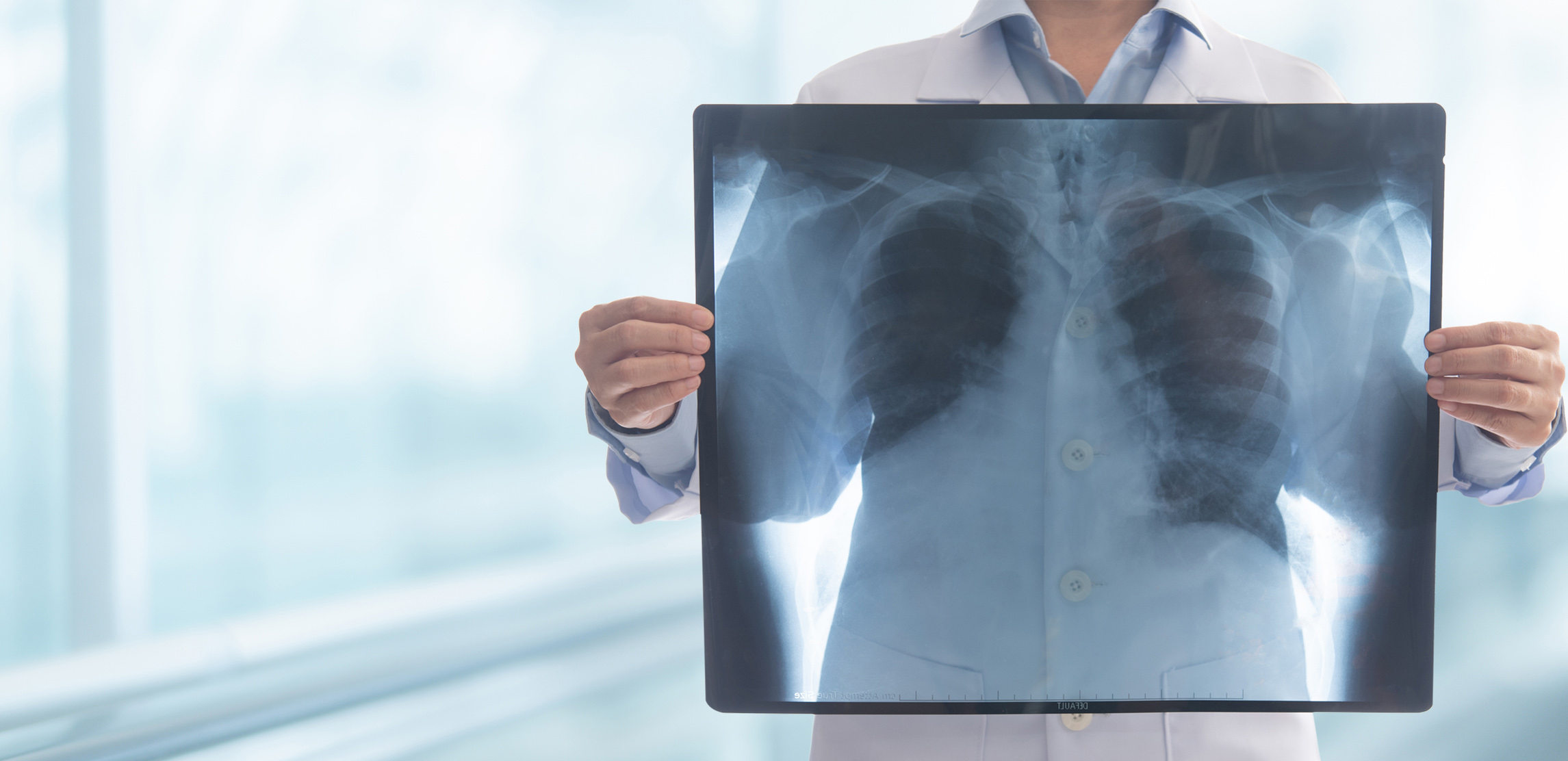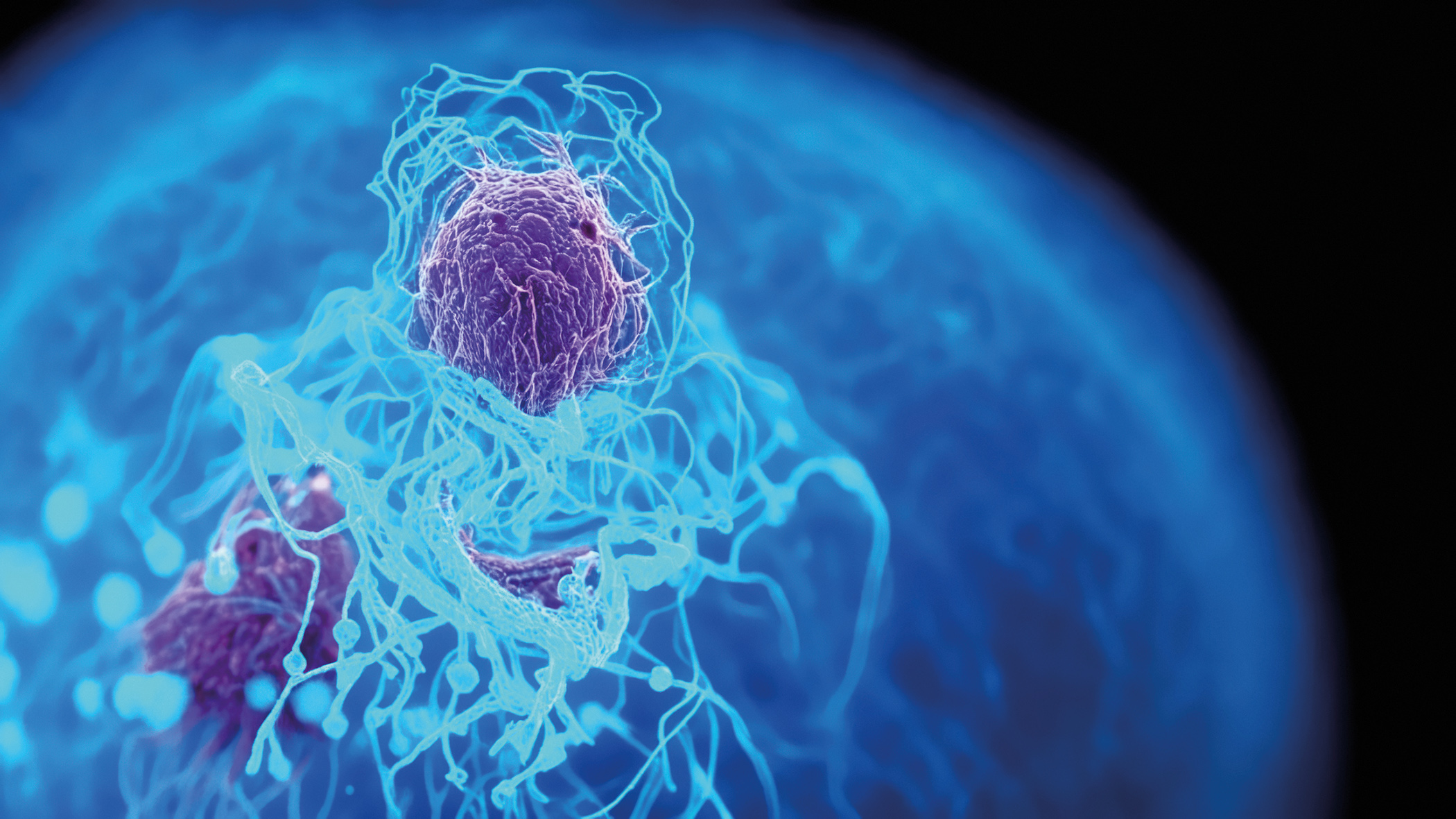Anticholinergics are among the standard pharmacological therapies for overactive bladder. It is important to choose the right preparation for each patient. The side effect risks vary considerably in some cases. Selective β3-adrenoreceptor agonists can be used as an alternative. A combination of both substance classes can positively influence the benefit-risk ratio through synergistic or additive effects.
Overactive bladder (OAB) is the most common form of urinary incontinence, along with stress incontinence. Alternative names for OAB are urge incontinence or urge incontinence. In those over 40 years of age, approximately 16% of the population is affected, of which approximately 60% seek medical attention for their symptoms [1]. Characteristic of this bladder storage disorder without evidence of an infection is sudden, uncontrollable urination with involuntary urination, increased voiding frequency during the day and at night. OAB is diagnosed on the basis of medical history, exclusion of a urinary tract infection, and determination of the frequency of micturition and the amount of water dissolved by means of a bladder diary [2]. Prior to pharmacological therapy, drinking, bladder and pelvic floor muscle training are recommended. In the process, patients should learn which beverages are adequate, in what quantities, and at what times. Alcohol, caffeine and juices containing citrus fruits should be avoided in the evening. If this does not relieve the symptoms, drug therapy can provide relief.
Anticholinergics: consider dose-dependent benefit-risk profile.
Anticholinergics lead to blockade of bladder smooth muscle contraction via competitive inhibition of muscarinic receptors, which is associated with a reduction in detrusor contractility and results in symptom reduction. Anticholinergic agents have been shown to be effective for this indication and are commonly used [3,4]. It is crucial to choose the most suitable preparation for the individual in the adequate dosage. According to a meta-analysis, within the anticholinergics that can be used for OAB, solifenacin (Vesicare®) 10 mg once daily leads to the highest efficacy, followed by oxybutynin 3 mg three times daily [5]. High efficacy levels were also reported with solifenacin 5 mg once daily, with side effects less pronounced than with the 10 mg dosage. Since muscarinic receptors are found not only in smooth muscle but also in the brain, among other places, anticholinergics can lead to brain dysfunction [6]. This can be problematic, especially for older people. However, according to a Cochrane review, solifenacin, darifenacin, and trospium chloride induce less cognitive impairment compared with other agents [3]. Although anticholinergics have been shown to be effective agents, compliance is often insufficient due to side effects [4]. Among other things, it has been shown that discontinuation of therapy with anticholinergics is frequently associated with the side effect of dry mouth. Informing and educating patients about the expected effects and side effects can promote compliance.
Mirabegron as an alternative treatment option
If OAB is not treated adequately or not treated at all, this can result in depressive disorders in addition to functional losses of the bladder muscles. Nocturia can also lead to increased falls and fractures, which in the worst case can result in a change in living situation. The selective β3-adrenoreceptor agonist mirabegron (Betmiga®) [9] has similar efficacy to anticholinergics but is less likely to cause constipation and dry mouth [7]. Treatment with mirabegron 50 mg results in a greater reduction in incontinence episodes than under most anticholinergics [8]. If adequate effect is not achieved by a representative of the anticholinergics or β3-adrenoreceptor agonists, combination therapy may be considered (e.g., solifenacin and miragebron). Synergistic or additive effects allow lower doses to be used, which is associated with a reduction in side effects. The mechanisms of action are complementary: while the β3-adrenoreceptor agonist mirabegron increases bladder capacity, solifenacin acts as a competitive and selective inhibitor of the cholinergic receptor M3 to relax bladder wall muscles [9].
Combination therapy is associated with better tolerability
The randomized double-blind phase II SYMPHONY trial tested a combined use of solifenacin and mirabegron [10]. The 1306 patients received solifenacin 2 mg, 5 mg, or 10 mg plus mirabegron 25 mg or 50 mg, respectively, the monotherapies in the different dosing variants or placebo. It was found that after 12 weeks, all combinations performed significantly better in terms of urine volume solubilized compared to solifenacin 5 mg. Moreover, the combined use of solifenacin/mirabegron resulted in a significant reduction in the number of micturitions and urge episodes. Tolerability was found to be good in all conditions of the combination therapies, with no additional safety signals compared with monotherapies or placebo. Another empirical investigation of the combined use of solifenacin and miragebron was performed in the SYNERGY study. 3527 patients with OAB received solifenacin 5 mg pus mirabegron respectively monotherapy or placebo [11] over a period of three months. The combination of solifenacin 5 mg plus mirabegron 50 mg tended to prove superior to the respective monotherapies. The primary endpoints were defined as daily incontinence episodes and micturition frequency, operationalized by recording in micturition diary. The secondary endpoints were urine volume per micturition and the number of daily micturitions, incontinence episodes, and urge episodes. In the SYNERGY II extension study, sustained symptom improvement was achieved over a 12-month period with combination therapy compared with monotherapy. The tolerability of the combined use of solifenacin and miragebron proved to be beneficial [12]. Complementary preparations on phytopharmacological basis can be used. Other treatment options include Botox treatment or surgery.
Take-home-message
In addition to physical and behavioral therapy measures, various drug therapy options are available. According to current data, newer representatives of the anticholinergics (e.g., solifenacin, Vesicare®) [9] and the β3-adrenoreceptor agonist mirabegron (Betmiga®) [9] are similar in terms of efficacy and safety, although side effects vary individually depending on the dose. With regard to side effect risks, mirabegron or a combination therapy with solifenacin may be a good alternative to anticholinergic monotherapy in those who already suffer from cognitive impairment [7]. Complementary preparations on phytopharmacological basis can be used. In addition to medicinal measures, there is the possibility of Botox treatment or surgery.
Literature:
- Milsom I, et al: How widespread are the symptoms of an overactive bladder and how are they managed? A population-based prevalence study. BJU Int 2001; 87: 760-766.
- Mohr S: Overview and practicalities of OAB (overactive bladder). PD Stefan Mohr, MD, FOMF Update Refresher, Zurich, Dec. 4, 2019.
- Rau BP, et al: Anticholinergic drugs versus non-drug active therapies for non-neurogenic overactive bladder syndrome in adults. Cochrane Database Syst Rev 2012; 12: CD003193.
- Robinson D, et al: Antimuscarinic drugs to treat overactive bladder. BMJ 2012; 344: e2130.
- Nalliah S, et al: Comparison of efficacy and tolerability of pharmacological treatment for the overactive bladder in women : A network meta-analysis. Aust Fam Physician 2017; 46: 139-144.
- Chugtai B, et al: Choice of antimuscarinic agents for overactive bladder in the older patient: focus on darifenacin. Clin Interv Aging 2008; 3: 503-509.
- Makhani A, et al: Mirabegron in the Treatment of Overactive Bladder: Safety and Efficacy in the Very Elderly Patient. Clin Interv Aging 2020; 15: 575-581.
- Maman K, et al: Comparative efficacy and safety of medical treatments for the management of overactive bladder: a systematic literature review and mixed treatment comparison. Eur Urol 2014; 65: 755-765.
- Swissmedicinfo, www.swissmedicinfo.ch
- Abrams P, et al: Combination treatment with mirabegron and solifenacin in patients with overactive bladder: efficacy and safety results from a randomized, double-blind, dose-ranging, phase 2 study (Symphony). Eur Urol 2015; 67: 577-588.
- Herschorn S, et al: Efficacy and safety of combinations of mirabegron and solifenacin compared with monotherapy and placebo in patients with overactive bladder (SYNERGY study). BJU Int 2017; 120: 562-575.
- Gratzke C, et al: Long-term safety and efficacy if mirabegron and solifenacin in combination compared with monotherapy in patients with overactive bladder: a randomised, multicentre phase 3 study (SYNERGY II). Eur Urol 2018; 74: 501-509.
FAMILY PRACTICE 2020; 15(7): 54-55





